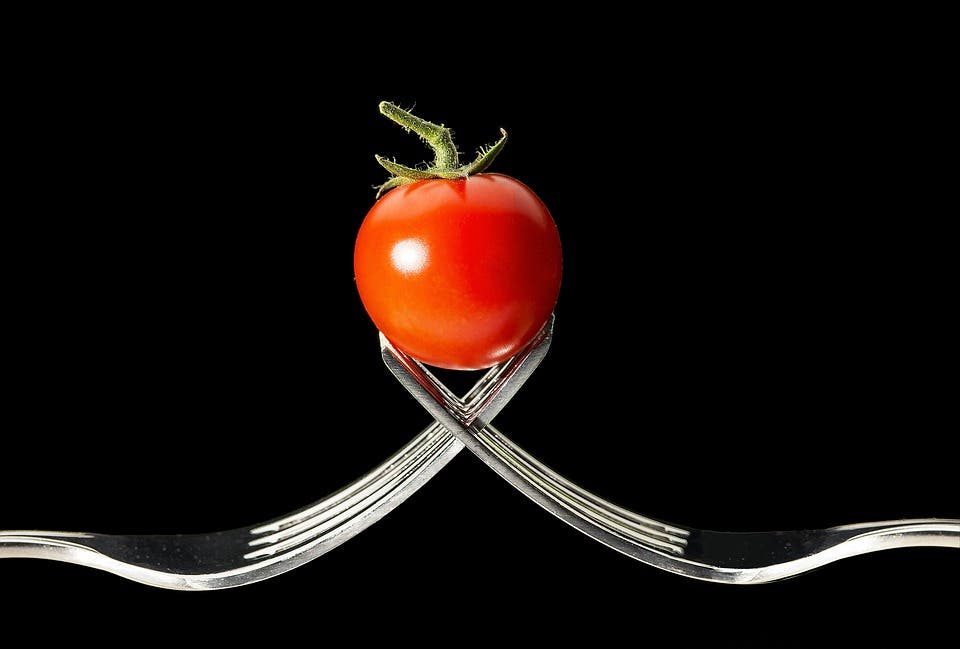Researchers at the Agricultural Research Service (ARS) and the Boyce Thompson Institute (BTI) want to bring back the tasty tomato of yore.
Sadly, it seems that store-bought tomatoes just aren’t very tasty. An international research team thinks they have the way to fix this tasteless problem, though. They have finished constructing the pan-genome for the cultivated tomato and its wild relatives, mapping almost 5,000 previously undocumented genes. Armed with this knowledge, researchers might be able to bring the flavor back.
They don’t make them like they used to
“These novel genes discovered from the tomato pan-genome added substantial information to the tomato genome repertoire and provide additional opportunities for tomato improvement,” says co-author Zhangjun Fei, a bioinformatics scientist at the Boyce Thompson Institute.
“The presence and absence profiles of these genes in different tomato populations have shed important lights on how human selection of desired traits have reshaped the tomato genomes.”
A genome is the map of an organism’s genes and their functions. Genomes are, unsurprisingly, sequenced for individual organisms, and these are in turn used to create a kind of reference genome for the rest of the species. The team’s pan-genome, on the other hand, includes all of the genes from 725 different cultivated and closely related wild tomatoes, which revealed 4,873 genes that were absent from the original reference genome.
So what seems to be the problem with our tomatoes? Where’s the taste? The team reports that cultivated tomatoes show a wide range of physical and metabolic variation but, by and large, they’ve all been through several severe bottlenecks during their domestication and later breeding. In effect, this means that today’s tomatoes aren’t very genetically diverse.
Modern breeders, the team explains, have focused on traits such as yield, shelf life, disease resistance, and stress tolerance, which are economically important to growers. However, the pan-genome does point to a few genes we can use to improve the flavor, too.
“One of the most important discoveries from constructing this pan-genome is a rare form of a gene labeled TomLoxC, which mostly differs in the version of its DNA gene promoter,” explained James Giovannoni, a molecular biologist at the Agricultural Research Service (ARS) and paper co-author.
“The gene influences fruit flavor by catalyzing the biosynthesis of a number of lipid (fat)-involved volatiles–compounds that evaporate easily and contribute to aroma.”
TomLoxC also facilitates the production of apocarotenoids — a class of organic chemicals derived from carotenoids including vitamin A precursors — which function as signaling molecules for various responses in plants, including environmental stresses. The compounds also have a variety of floral and fruity odors that are important in tomato taste, the team notes.
The rarer version of TomLoxC was found in only 2% of older or heirloom varieties of large tomato. The common version was present in 91% of currant-sized wild tomatoes, primarily Solanum pimpinellifolium, the wild predecessor of the cultivated tomato. It is becoming more common in newer varieties.
“It appears that there may have been strong selection pressure against or at least no selection for the presence of this version of TomLoxC early in the domestication of tomatoes,” Giovannoni added. “The increase in prevalence of this form in modern tomatoes likely reflects breeders’ renewed interest in improved flavor.”
The team says that with the pan-genome in hand, breeders should be able to quickly increase the flavor of mass-produced tomatoes without sacrificing the traits that make them so economically-viable.
“These novel genes discovered from the tomato pan-genome added substantial information to the tomato genome repertoire and provide additional opportunities for tomato improvement. The presence and absence profiles of these genes in different tomato populations have shed important lights on how human selection of desired traits have reshaped the tomato genomes,” said Fei.
The team also expects that the nearly new tomato 5,000 genes they’ve identified in the pan-genome will help breeders improve it in further ways. Tomatoes, although they are fruits, botanically, are one of the most eaten vegetables worldwide, with a total annual production of 182 million tons (worth more than $60 billion). In the U.S., tomatoes are the second-most consumed vegetable after potatoes. Each American eats an average of 20.3 pounds of fresh tomatoes and an additional 73.3 pounds of processed tomatoes per year (estimated based on 2017 figures).
The paper “The tomato pan-genome uncovers new genes and a rare allele regulating fruit flavor” has been published in the journal Nature Genetics.










